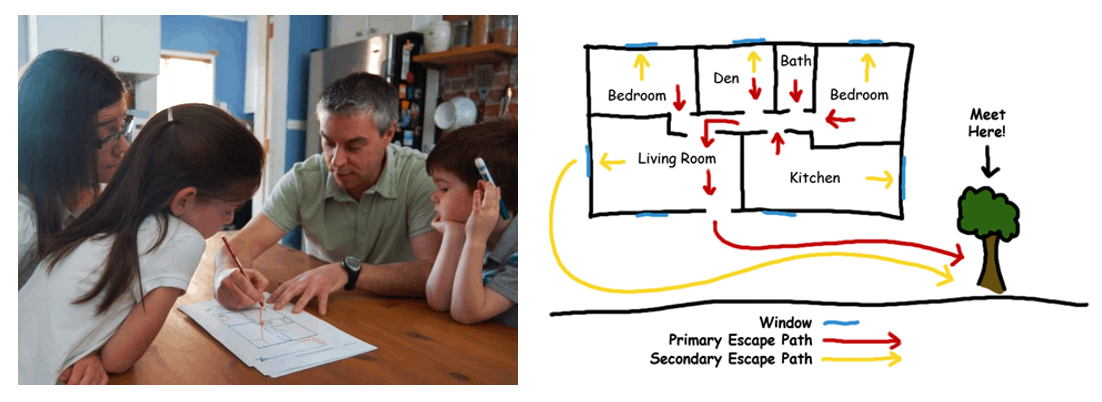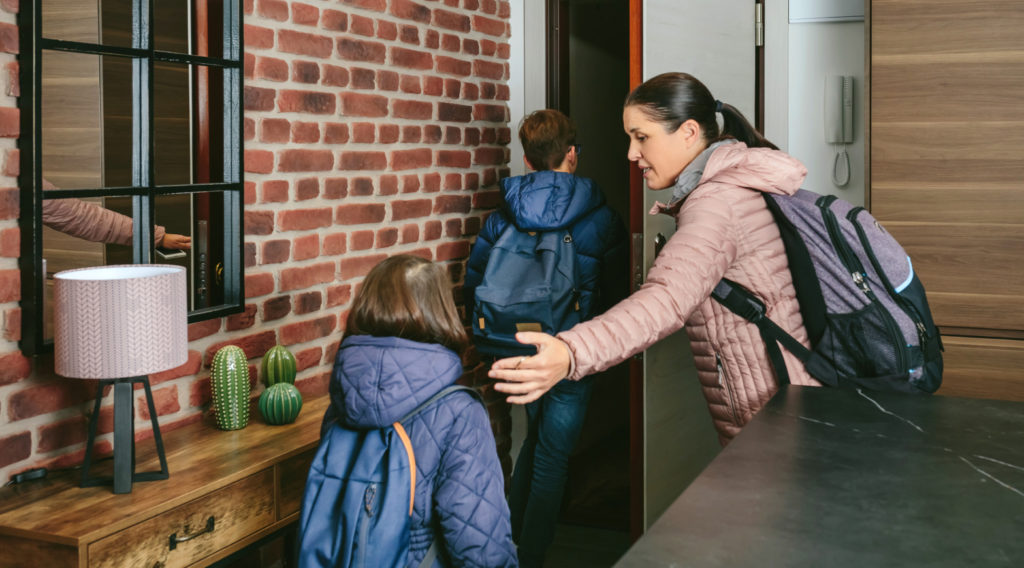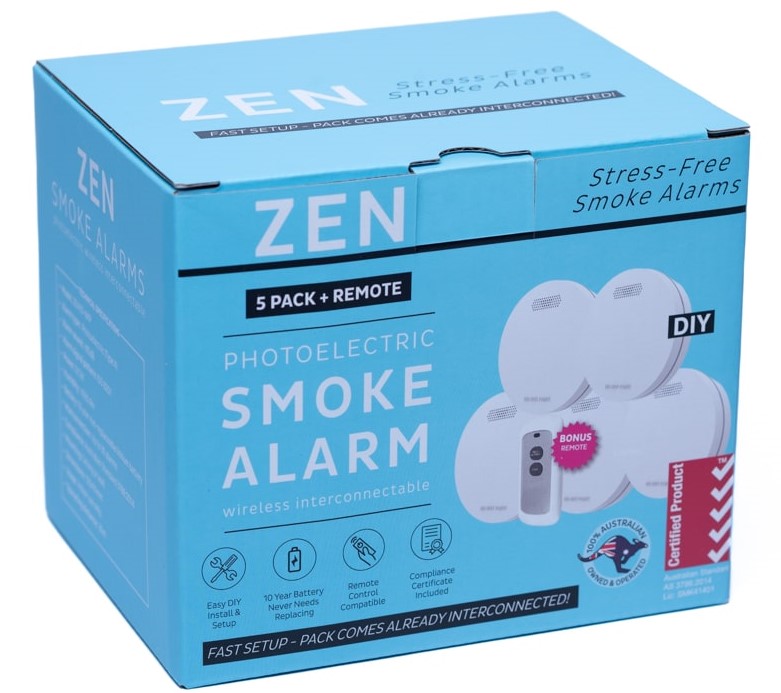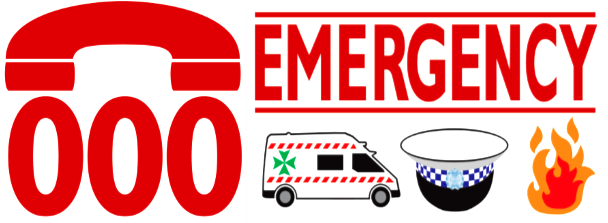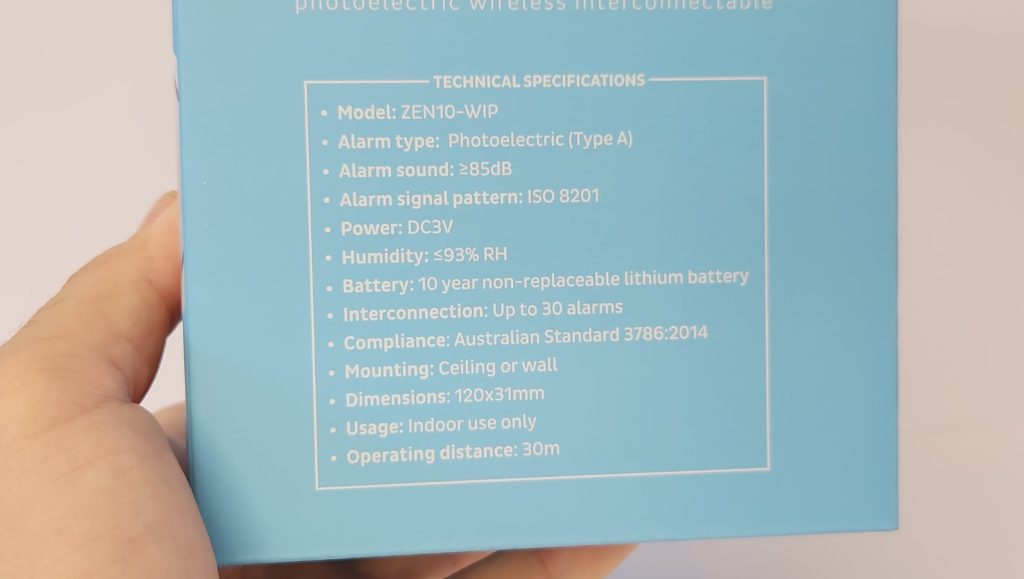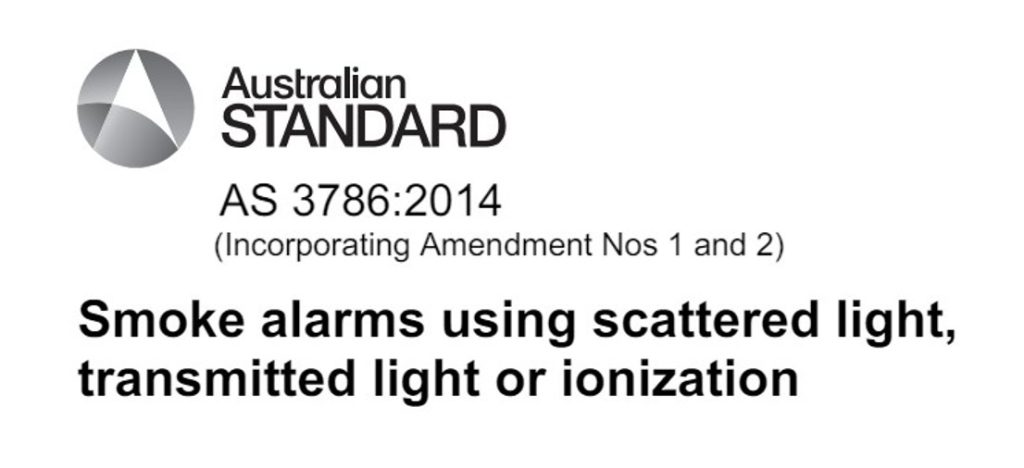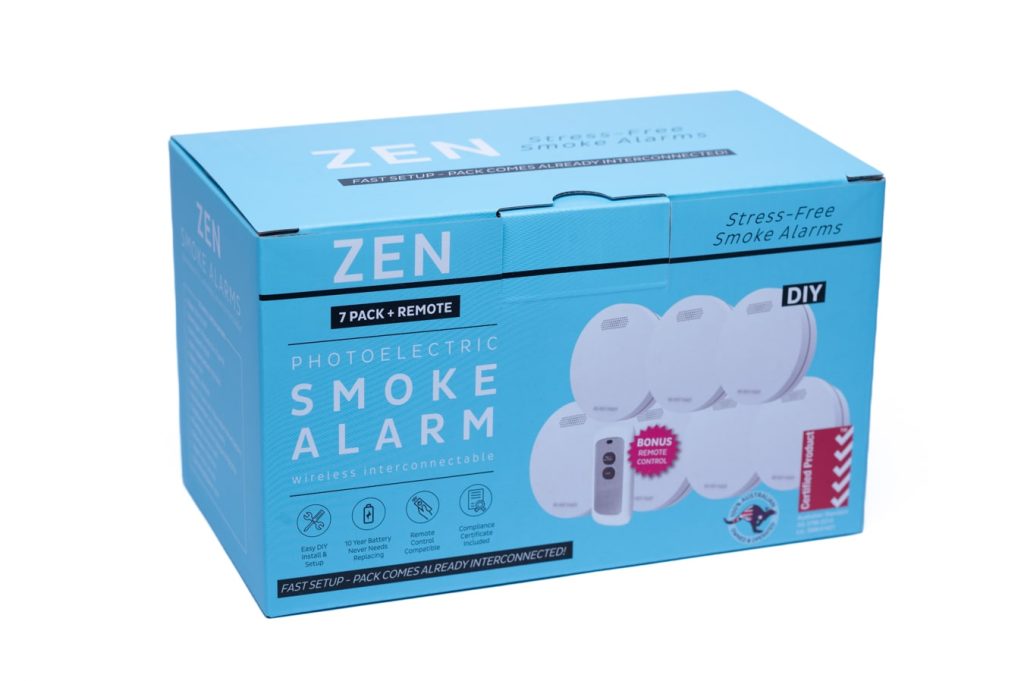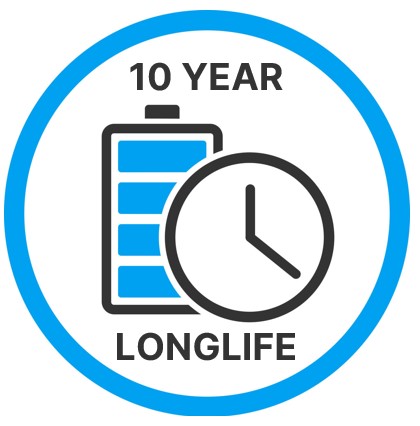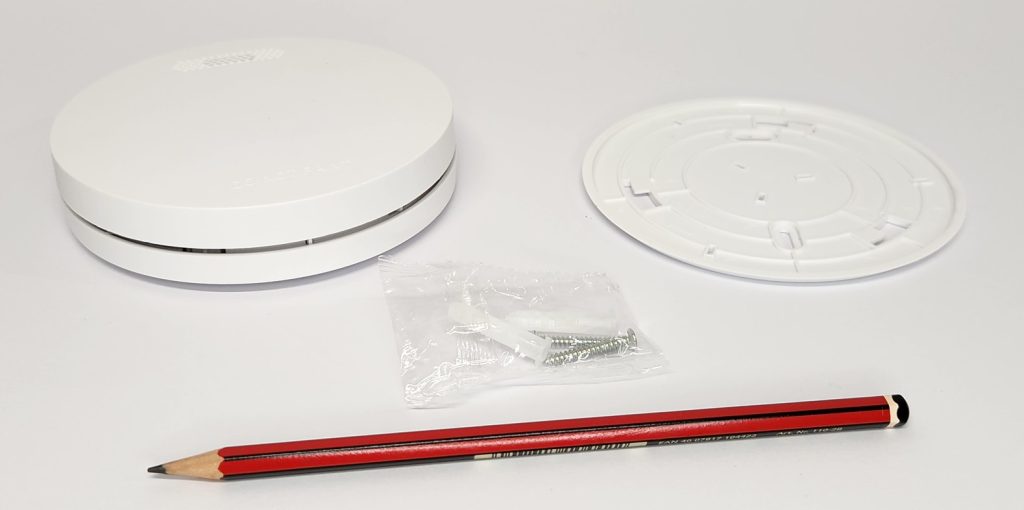Environmental Planning and Assessment Amendment
(Smoke Alarms) Regulation 2006
On 1 May 2006, the NSW Government introduced new legislation following a series of fatal house fires. Division 7A of the NSW ‘Environmental Planning and Assessment (Smoke Alarms) Regulation 2006’ calls out minimum requirements for smoke alarm installation in existing residential buildings.
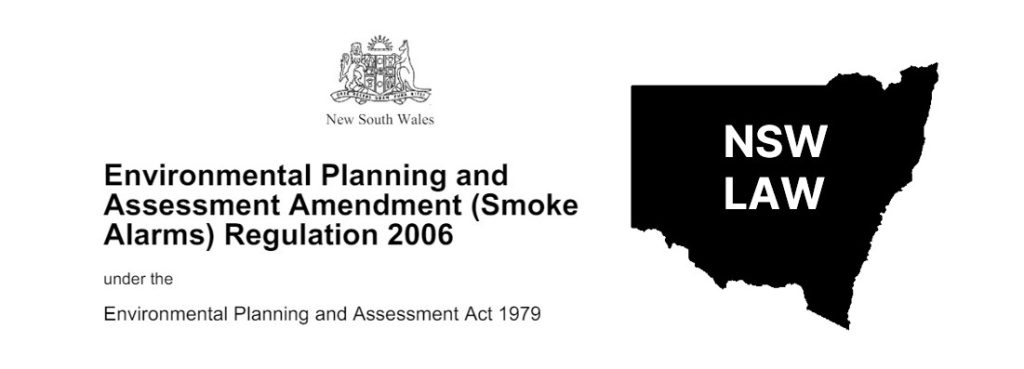
The NSW Environmental Planning and Assessment Amendment (Smoke Alarms) Regulation 2006 says that;
– Smoke alarms must comply to Australian Standard 3786:2014 and can be powered either by a 10-year non-removeable battery, or hard wired to the mains electricity supply.
– A minimum of one working smoke alarm should be installed on each level of a dwelling (even if there are no bedrooms on that level).
NSW interconnected smoke alarms – best practice
Note that whilst this is the minimum standard required by NSW law, Fire and Rescue NSW recommends best practice by installing interconnected smoke alarms in all bedrooms and living spaces (including hallways and stairways) on every level of the property.
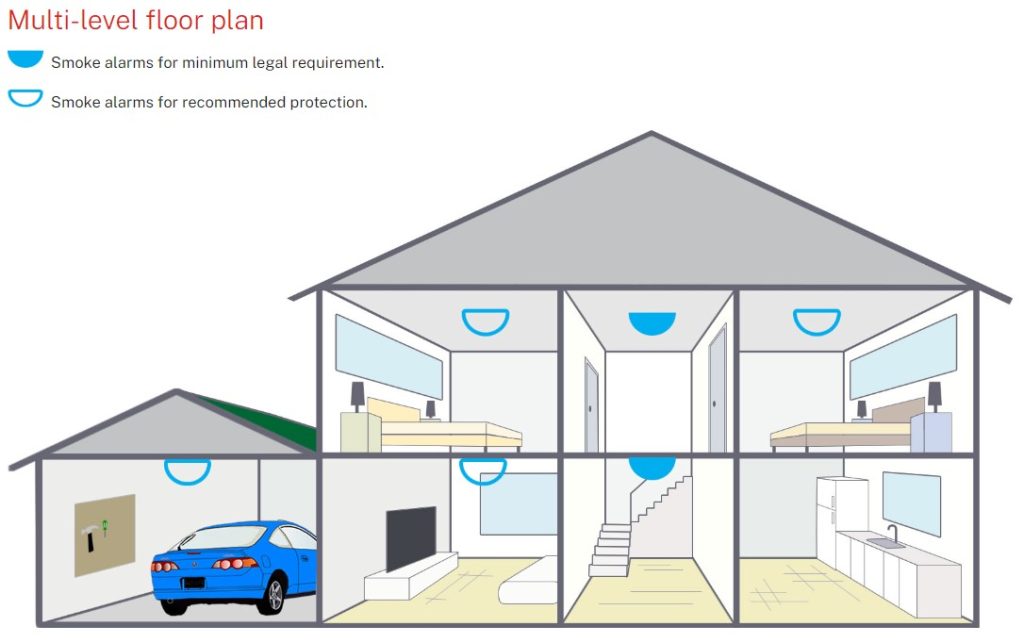
NSW interconnected smoke alarms recommended installation – image courtesy Fire and Rescue NSW
Residential Tenancies Regulation 2019
A new section (64A) relating to smoke alarms has also been added to the NSW Residential Tenancies Act 2010. This new section came into effect on March 2020 and placed extra obligations for smoke alarms on landlords and tenants in accordance with the NSW Rental Tenancies Regulation 2019.
NSW smoke alarm requirements for landlords
- Ensure smoke alarms are installed as per NSW Regulations.
- Conduct an annual check to ensure all smoke alarms are functioning.
- Repair or replace a smoke alarm within 2 business days of becoming aware that the smoke alarm is not working.
- Engage an authorised electrician to repair or replace a hardwired smoke alarm.
- Replace removeable batteries in smoke alarms annually.
NSW smoke alarm requirements for tenants
- Inform the landlord if a repair or a replacement of a smoke alarm is required, including replacing a battery.
- Only replace a battery in a battery-operated smoke alarm, or a back-up battery in a hardwired smoke alarm, if the smoke alarm has a removable battery.
- Give the landlord written notice, as soon as practicable if the tenant will carry out and has carried out a smoke alarm repair or replacement, or engages a person to carry out a repair or replacement.
Both landlord and tenant must not remove or interfere with the operation of a smoke alarm installed on the residential premises unless they have a reasonable excuse to do so.

Direct links to the NSW Government website are posted below if you would like to read the legislative documents for yourself.
Environmental Planning and Assessment Amendment (Smoke Alarms) Regulation 2006
Residential Tenancies Regulation 2019 (current as at 03/08/2023)

Want to know more? Watch our ZEN quick start video or call us on 0478 596 402 today
We love talking smoke alarms!
ZEN Photoelectric Smoke Alarms
New Farm, QLD, 4005




